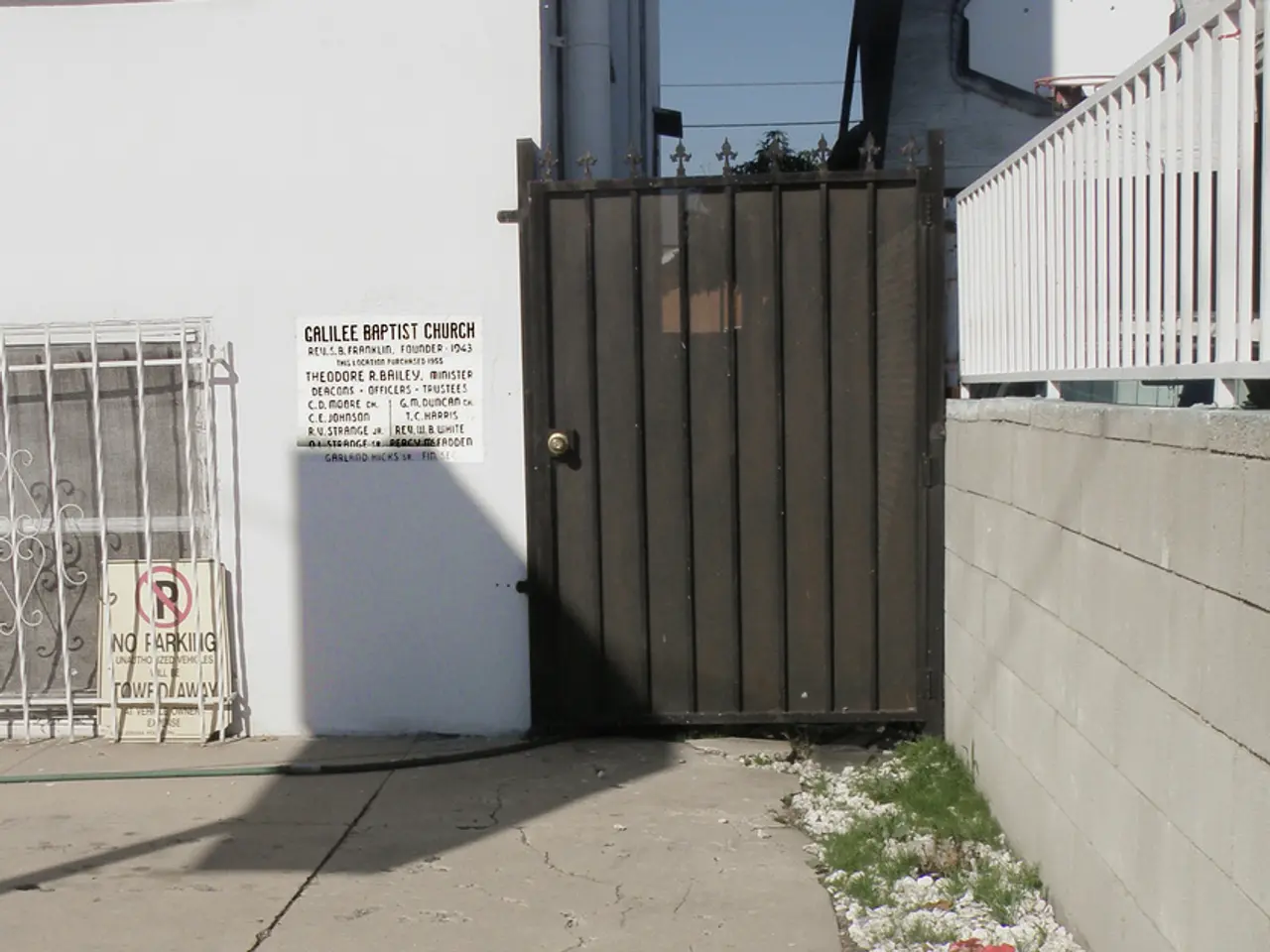Simple Guide for Beginners: Furnishing Pots with Soil Using Railing Planters
When it comes to growing vegetables or decorative plants in a railing planter, there are several factors to consider for optimal growth and aesthetic appeal. Here's a guide to help you make an informed decision.
Planter Depth and Drainage
For the best root growth and yields, a depth of at least 10 inches is recommended for your railing planter. Proper drainage is essential to prevent root rot, so ensure your planter has drainage holes.
Watering
Watering your railing planter is crucial for maintaining your plants. Focus on watering the roots rather than the leaves, and water evenly around the planter. The best times to water are in the morning or late afternoon to allow the soil to absorb the water effectively.
During the winter, indoor plants will generally need less water, and self-watering planters can help reduce guesswork in watering.
Material Selection
Railing planters are available in various materials, each with its own advantages and disadvantages.
Cedar Wood
Cedar wood is favoured for its natural look and outdoor durability. It maintains form well with minimal protection against rot and insects but benefits from occasional maintenance. Cedar railing planters offer a traditional look but require upkeep.
Wrought Iron
Wrought iron adds a decorative and sturdy touch, especially for vintage or classic styles. It can be used with removable liners and requires protective coatings to prevent rust.
Composite Materials
Composite materials provide a wood-like look with far less upkeep, resisting moisture, rot, insects, and UV damage, making them eco-friendly and durable options for planter railings.
Aluminum or PVC
Aluminum and PVC offer very low-maintenance alternatives with good longevity, but may lack the natural wood warmth or charm.
Soil and Fertiliser
High-quality potting soil with good drainage and nutrients is recommended for railing planters, and a slow-release fertilizer may be added to boost nutrient content. When fertilising, choose a balanced fertiliser like Osmocote and apply it around the base of the plant.
Fertilise your railing plants in the spring when they emerge from dormancy, and continue to do so every few months during the growing season.
Plant Preparation and Filling
When preparing the plants for a railing planter, it is important to loosen the roots of the plants to encourage healthy root growth and allow the roots to spread out in the container.
The process of filling a railing planter includes selecting an appropriate planter with good drainage, filling it with potting soil, planting the plants, and watering them well. Continue watering until water flows out of the drainage holes at the bottom of the pot and into the saucer or tray.
Planter Selection
Choosing a planter for a railing requires considering the type of railing, style, size, and material of the planter. Railing planters come in various styles and sizes, with a depth of 6 to 8 inches usually sufficient for most plants.
In summary, cedar wood railing planters balance natural aesthetics and durability best for traditional looks but require upkeep, while composite or metal planter boxes offer greater longevity with minimal maintenance though sometimes at a higher cost or with less natural feel. Your choice depends on the style preference, desired maintenance level, and budget.
[1] Cedar Wood Railing Planters: Pros and Cons
[2] Best Materials for Railing Planters
[3] Wrought Iron Railing Planters: Pros and Cons
[4] Composite Railing Planters: Pros and Cons
[1] Indoor plants can thrive in a carefully selected railing planter, enhancing both the home-and-garden lifestyle and the overall aesthetic appeal of your outdoor space.
[2] To find the perfect railing planter for your indoor plants, consider factors such as material, size, and drainage, ensuring proper care and maintenance for a lovely addition to your home decor.




